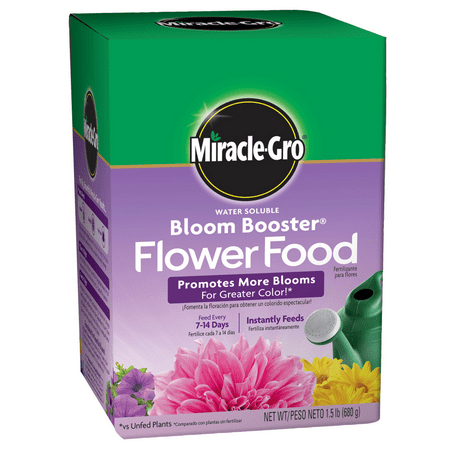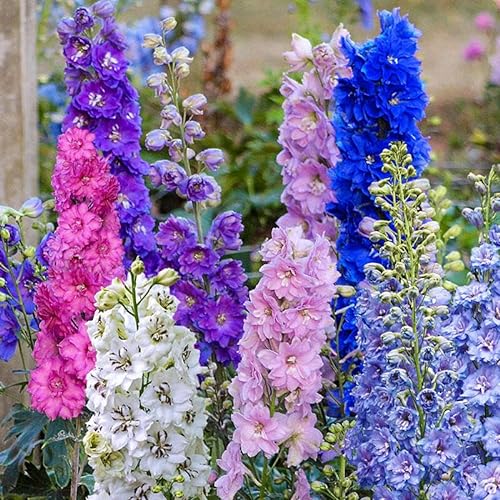What to do with delphiniums after they finish flowering – professional gardeners reveal the secrets to success
With the right care, you can keep delphiniums blooming for longer this summer, and ensure they flower again next year
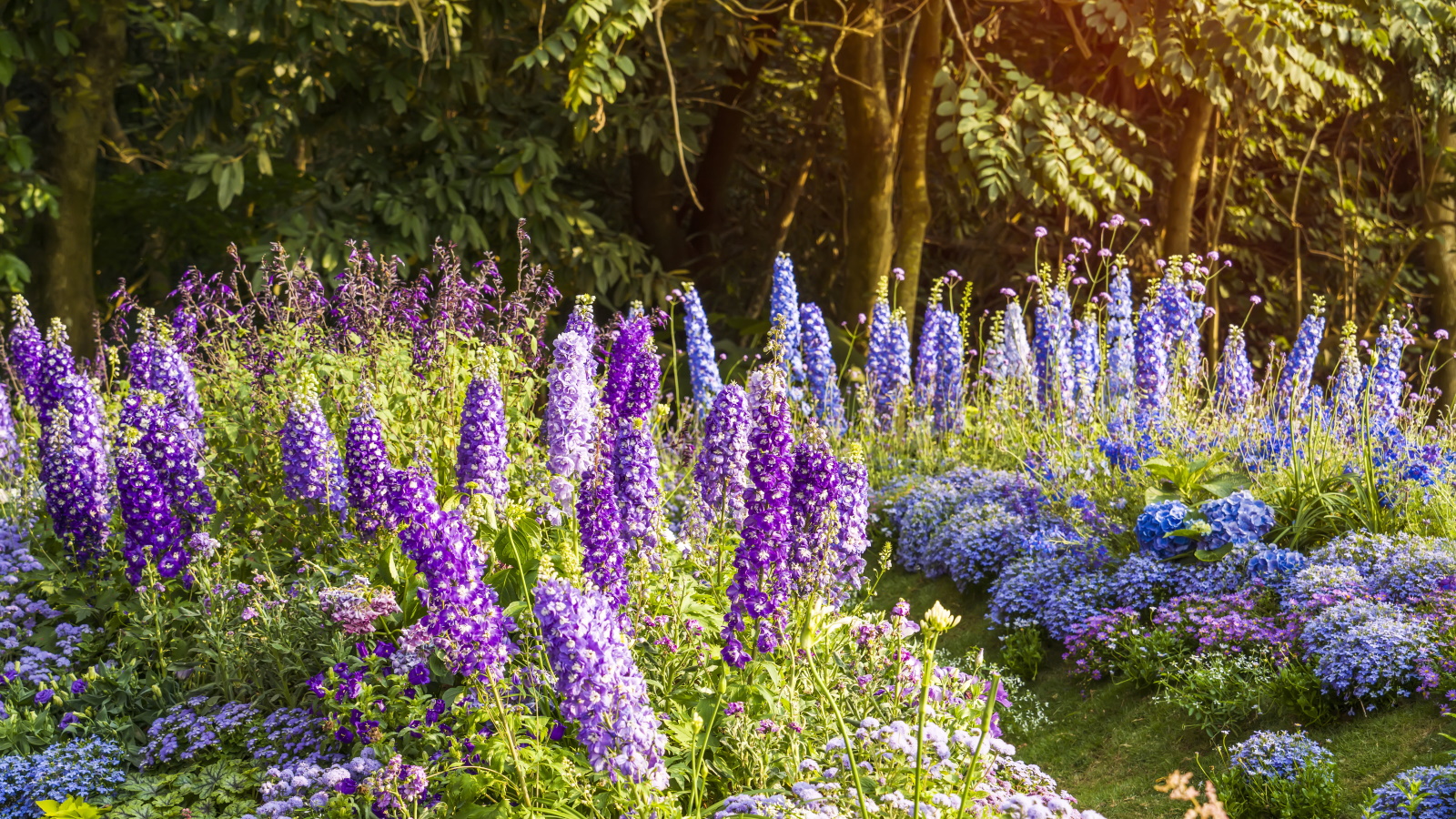

Delphiniums are prized for adding towering interest to garden borders, with tall and stately flower spikes that bloom from late spring. These classic cottage garden plants are ideal for the back of the border, standing head and shoulders above other perennials with bold and brilliant flowers that cannot be ignored.
Delphiniums are perhaps best known for those varieties that bloom in luminous blue and shades of deep purple, as seen in the images here. Whether grown to admire in garden borders or cut and used as part of floral displays indoors, delphiniums have a well-deserved reputation for adding drama and impact.
I have worked as a professional gardener for several years and learned many lessons on how to care for delphinium plants. Here, I share all I know about what to do with delphiniums after they finish flowering, to encourage blooming later in the growing season, while also ensuring that you have a reserve of delphinium plants to look forward to in subsequent years.
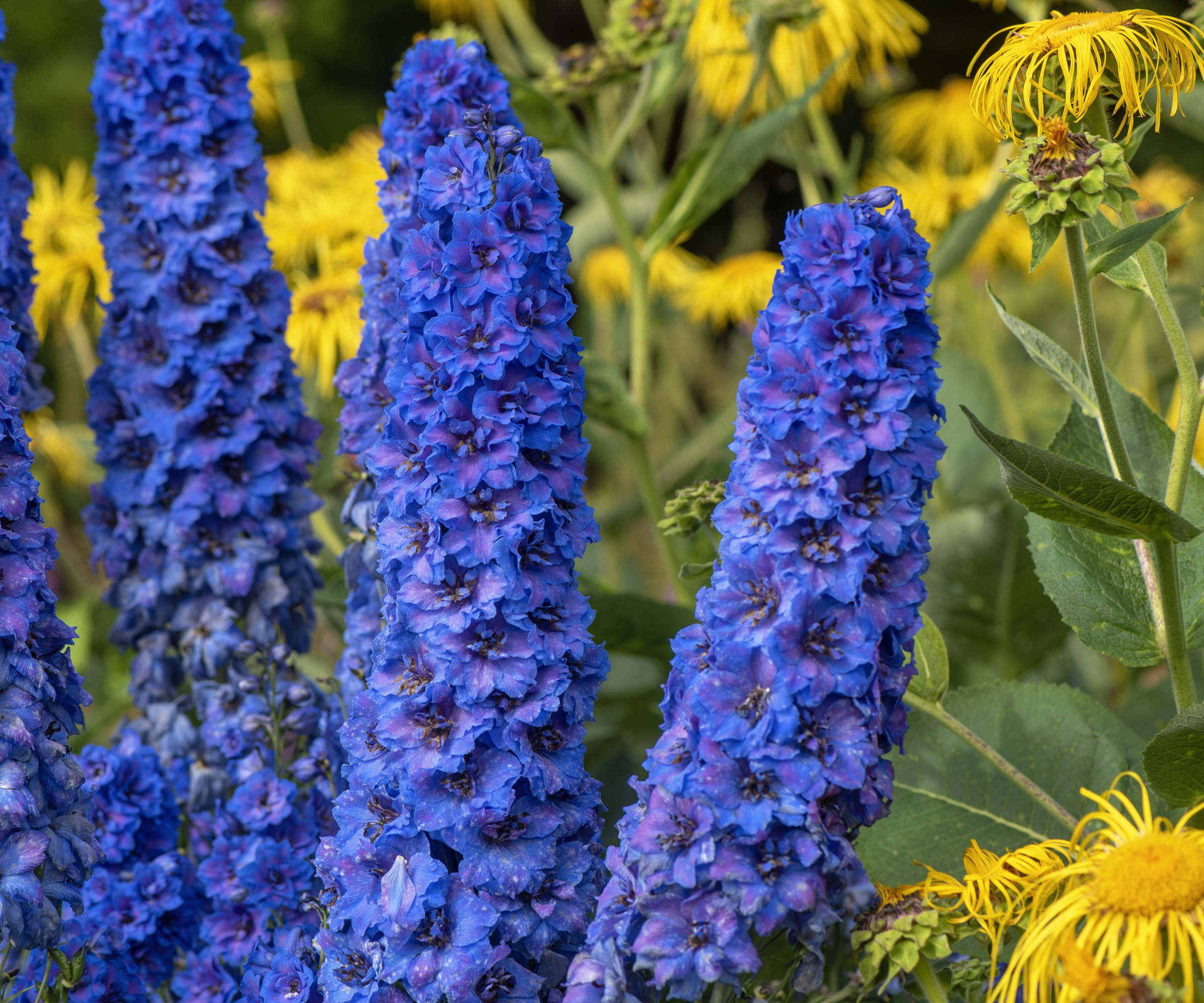
What to do with delphiniums depending on the variety
Delphiniums are popular plants that can be perennials, biennials or annuals. What you do with these flowering plants as blooms fade will depend on the species and varieties you grow in your yard. With the right care and maintenance, you can prolong flowering, while also saving seed so that you can look forward to delphinium displays for years to come.
Caring for perennial delphiniums
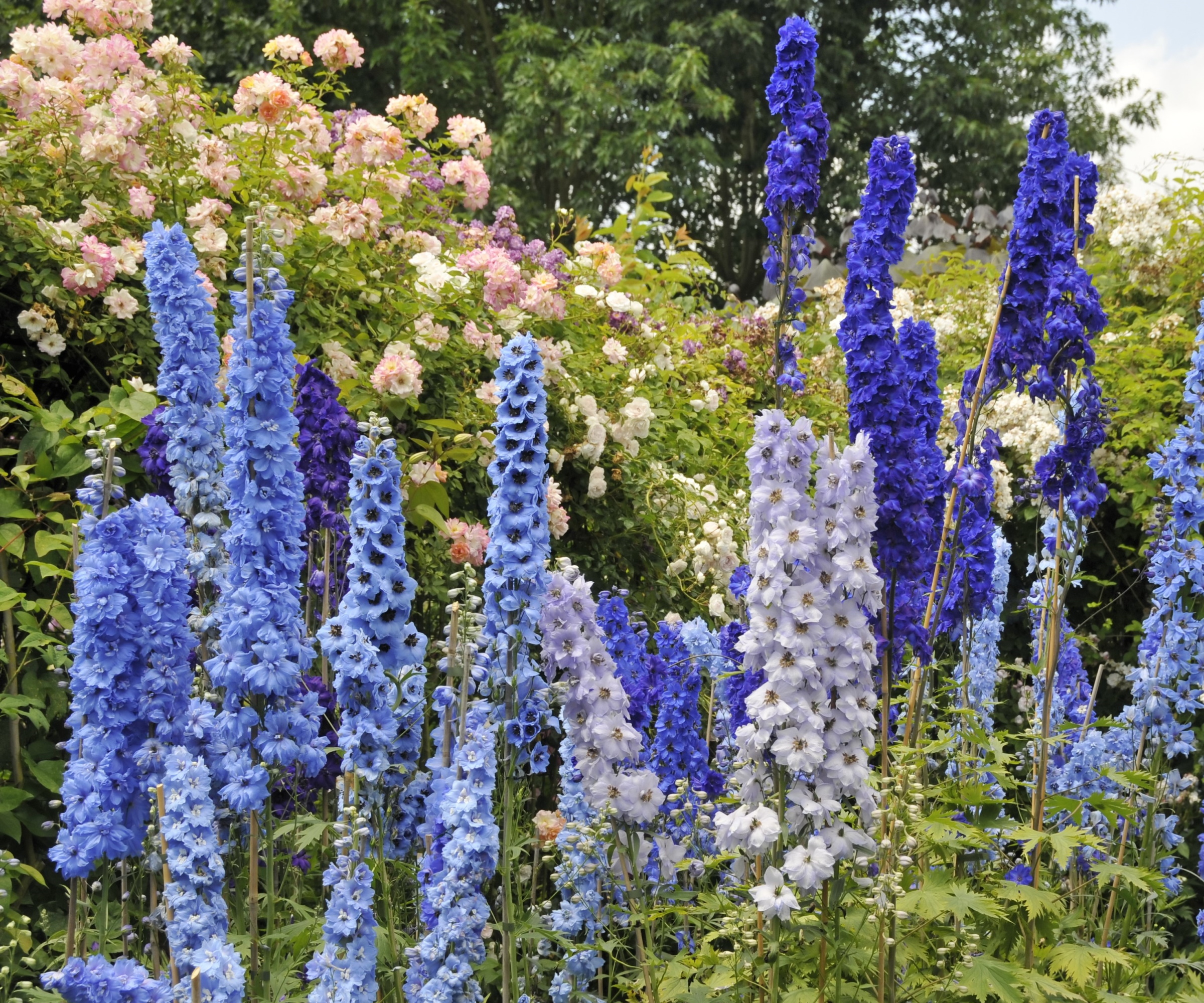
'Most delphiniums are short-lived perennials,' says Rachel Bull, head of gardens at Homes & Gardens. 'This means that plants will die off in the fall and regrow the following spring, but classified as short-lived as they might only last 3 to 5 years.'
Popular delphinium species and varieties fall into this category, including the colorful plants that many gardeners grow in their yards. Two of my favorite perennial delphiniums that I have previously grown when working as a gardener are Delphinium 'Blue Dawn' and Delphinium 'Spindrift'. Both have pale blue-lilac blooms that contrast well when set against lush, green foliage in any garden border.
'Perennial delphiniums typically flower for 4 to 6 weeks in the summer, usually around June and July but this will depend on your local climate and US hardiness zone,' Rachel adds.
Design expertise in your inbox – from inspiring decorating ideas and beautiful celebrity homes to practical gardening advice and shopping round-ups.
'Learning how to cut back delphiniums is crucial, and deadheading these plants will encourage blooming later in the growing season, with a second flush usually happening in August or September.'
Using clean, sharp tools, such as these Felco pruning shears, available from Amazon, cut fading flower stems down to the base of the plant when the majority of flowers have fallen.
For perennial delphiniums, fertilizing your plants during spring and summer can help to encourage growth and give your plant the best chance of returning next year. Applying an organic general-purpose plant feed, available from Walmart, is a good idea during the growing season.
'I tend to cut, store, and dry a few delphinium stems as they are useful for floral arrangements in the fall and winter,' Rachel adds. 'Many people do not know that delphinium blooms hold their color well when dried and can be attractive when used in floral displays indoors.'
One option to grow your perennial delphinium collection is to divide your plants. Division is best done in spring, whereby larger, mature clumps are lifted and split into 2, 3 or 4 plants. Dividing your delphiniums is a good option to ensure that you maintain these perennials in your borders.

Rachel is a gardening editor, flower grower and floral designer. Her journalism career began on Country Living magazine, sparking a love of container gardening and wild planting. After more than a decade writing for and editing a range of consumer, business and special interest titles, Rachel became editor of floral art magazine The Flower Arranger. She then trained and worked as a floral designer and stylist in London for six years, before joining the Homes & Gardens team.
Caring for annual and biennial delphiniums

Some species and varieties of delphinium can be annuals or biennials. Annual plants germinate, grow, bloom, set seed, and die within one growing season whereas biennials will germinate and grow, but flower the following year. Many plants in cottage garden borders fall into these two categories, including foxgloves.
One of my favorite biennial plants is Delphinium requienii, seen in the photo above. This plant may produce flower stems that are sparser in blooms than standard delphinium varieties, but I much prefer this delicate species. What's more, it is adored by pollinators, drawn to these open and unfussy flowers.
I would caution against deadheading these types of delphiniums. Instead, I recommend that you enjoy the flower display for as long as possible. I would suggest leaving one or two stems of these plants to produce seed that you can harvest, sow and grow, to maintain a good number of delphinium plants in your yard.
Shop delphinium accessories
FAQs
Do delphiniums come back every year?
No, not all delphiniums can be relied upon to return the following year. Some perennial delphiniums will come back in subsequent years, but many species are either annuals or biennials, meaning they will not regrow after flowering. It is best to keep a continuous batch of new, young plants to keep your borders full.
Knowing what to do with delphiniums after they finish flowering will help to extend the floral display in your yard this year, and ensure that you have plants for years to come. For more design ideas for your yard, see our guide on how to create a modern cottage garden, incorporating contemporary landscaping elements with traditional planting such as delphinium blooms.

Thomas is a Content Editor within the Gardens Team at Homes and Gardens. He has worked as a professional gardener for both public spaces and private estates, specializing in productive gardening, growing food and flowers. Trained in Horticulture at the Garden Museum, he has written on gardening and garden history for various publications, including The English Garden, Gardens Illustrated, Hortus, The London Gardener and Bloom. He has co-authored a Lonely Planet travel book, The Tree Atlas, due out in 2024.

